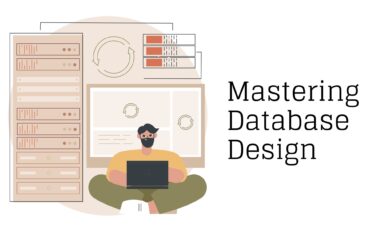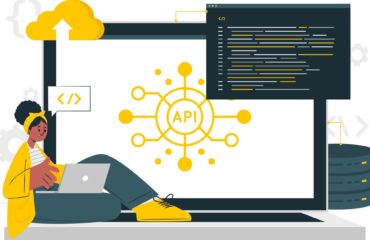
In the world of backend services, ensuring security is paramount. Two essential concepts in this realm are authentication and authorization. In this beginner’s guide, we’ll unravel the mysteries behind authentication and authorization, exploring their importance, differences, and implementation in backend services.
What Is Authentication?
Authentication is the process of verifying the identity of users or clients attempting to access a system or resource. It ensures that only authorized individuals or entities can gain entry. Think of it as the digital equivalent of presenting your ID to gain access to a restricted area.
Methods Of Authentication
There are various methods of authentication, each with its strengths and use cases:
- Username and Password: The most common method where users provide a username and password for verification.
- Token-based Authentication: Tokens (e.g., JSON Web Tokens or JWTs) are issued to users upon successful login and are used for subsequent authentication requests.
- OAuth: An authentication protocol commonly used for delegated authorization, allowing users to grant access to their resources without sharing their credentials.
- Biometric Authentication: Utilizes biometric data (e.g., fingerprints, facial recognition) for user verification, often found in mobile devices.
Importance Of Authorization
While authentication verifies a user’s identity, authorization determines what actions they’re allowed to perform within the system. It establishes permissions and access levels, ensuring that users only interact with resources they’re authorized to access.
Implementation In Backend Services
In backend services, authentication and authorization are typically implemented through middleware or dedicated authentication modules. Here’s how it works:
Authentication Middleware: Intercept incoming requests and verify the user’s credentials. If valid, generate an authentication token to be included in subsequent requests.
Authorization Middleware: Once authenticated, check the user’s permissions against the requested resource or action. If authorized, proceed with the request; otherwise, deny access and return an error response.
Best Practices For Secure Authentication And Authorization:
- Use Strong Passwords: Encourage users to use complex passwords and employ hashing algorithms to securely store them.
- Implement Multi-factor Authentication (MFA): Add an extra layer of security by requiring users to provide multiple forms of verification.
- Token Expiry and Refresh: Set expiry times for authentication tokens and implement token refresh mechanisms to mitigate security risks.
- Role-Based Access Control (RBAC): Assign roles to users based on their responsibilities and define access permissions accordingly.
- Audit Logs: Maintain logs of authentication and authorization events for auditing and security analysis purposes.
Use Case: Social Media Platform
Imagine you’re building a social media platform where users can create accounts, post updates, and interact with each other’s content. Your backend services need to handle user authentication and authorization to ensure that only registered users can access their accounts and perform certain actions, such as posting updates or deleting comments.
- User Registration and Authentication:
- When a user signs up for the social media platform, they provide a username, email address, and password.
- Your backend service validates the user’s credentials and creates a new account, storing the user’s information securely in the database.
- Upon successful registration, the user receives an authentication token, which they’ll use for subsequent interactions with the platform.
- User Login:
- When a registered user wants to log in to their account, they provide their username/email and password.
- The backend service verifies the user’s credentials against the stored data in the database.
- If the credentials are correct, the backend service generates a new authentication token and returns it to the user.
- Access Control and Authorization:
- Once authenticated, users can perform various actions within the social media platform, such as creating posts, commenting on posts, or liking content.
- Your backend service implements authorization checks to ensure that users can only perform actions they’re authorized to do.
- For example, users can only delete their own posts or comments, and they can’t edit other users’ profiles.
- Enhanced Security Measures:
- To enhance security, your backend service implements measures such as password hashing and salting to securely store user passwords.We will learn about password hashing and salting in upcoming blogs.
- You also incorporate multi-factor authentication (MFA) to add an extra layer of verification for sensitive actions, such as changing account settings or accessing private messages.
Conclusion
Authentication and Authorization are fundamental components of backend services, ensuring the security and integrity of systems and resources. By understanding these concepts and implementing best practices, developers can build robust and secure applications that protect user data and maintain user privacy.
Empower your backend security with AlgoRythm Solutions. From robust authentication protocols to fine-grained authorization controls, we’ve got you covered. Ready to take your security to the next level? Partner with AlgoRythm Solutions and safeguard your data with confidence.


